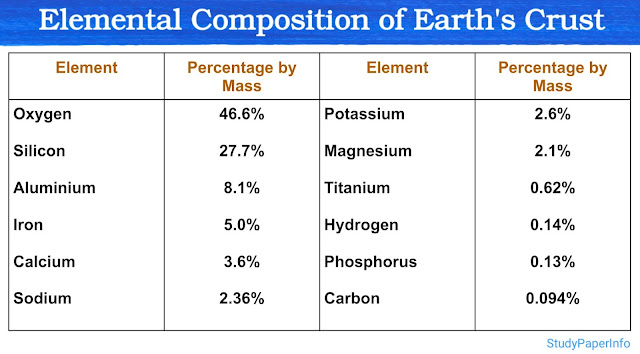What are the major stages of autophagy?
Autophagy is a highly regulated catabolic process in which cells degrade and recycle their own components like damaged organelles, misfolded proteins or excess cytoplasmic material. The word "autophagy" means "self-eating" and it is important for maintaining cellular health, especially during stress, starvation or damage. The process is controlled by autophagy-related genes (ATG) and it plays a crucial role in cell survival, immunity, aging and disease regulation. There are different types of autophagy, but the most studied and important one is macroautophagy, commonly referred to simply as autophagy.
Major Stages of Autophagy
Autophagy does not occur randomly, but in an orderly step-wise manner. There are five major stages of autophagy and each stage is controlled by specific proteins and molecular signals.
1. Initiation (Induction)
In this first step, autophagy is triggered by signals such as nutrient deprivation, oxidative stress and damage. These signals activate the ULK1 complex (Unc-51-like kinase 1), which starts the autophagy machinery. The ULK1 complex is inhibited by mTOR (mechanistic target of rapamycin) under normal conditions, but during starvation, mTOR becomes inactive, allowing ULK1 to function.
2. Nucleation (Phagophore Formation)
Now, a small cup-shaped double-membrane structure begins to form. This is called the phagophore or isolation membrane. This stage is controlled by the Beclin-1 complex (includes Beclin-1, Vps34, and others). This complex helps produce PI3P (phosphatidylinositol 3-phosphate), which attracts other ATG proteins to the membrane.
3. Expansion and Elongation of Phagophore
The phagophore expands and forms a closed double-membrane vesicle called the autophagosome. This stage requires the action of ATG proteins and two ubiquitin-like conjugation systems. One of them helps in the conversion of LC3-I to LC3-II, which gets inserted into the membrane and is used as a marker for autophagosomes.
4. Fusion with Lysosome
The mature autophagosome moves towards a lysosome and fuses with it to form an autolysosome. This fusion requires proteins like SNAREs, Rab7 and LAMP-2. The contents trapped inside the autophagosome are now ready for degradation.
5. Degradation and Recycling
Inside the autolysosome, lysosomal enzymes break down the captured material into basic components like amino acids, fatty acids and sugars. These materials are then sent back to the cytoplasm to be reused by the cell for energy or biosynthesis.



Comments
Post a Comment